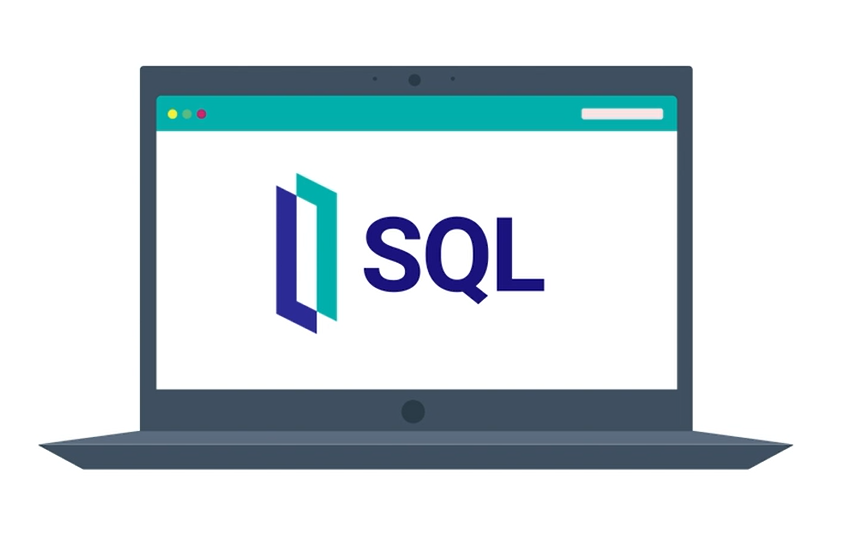We're excited to announce a new version release of the SQLTools VS Code extension.
SQLTools connects VS Code users to the most commonly used databases using drivers, including InterSystems IRIS. With over 3.5 million downloads, it is helping users work with their data much more easily.




